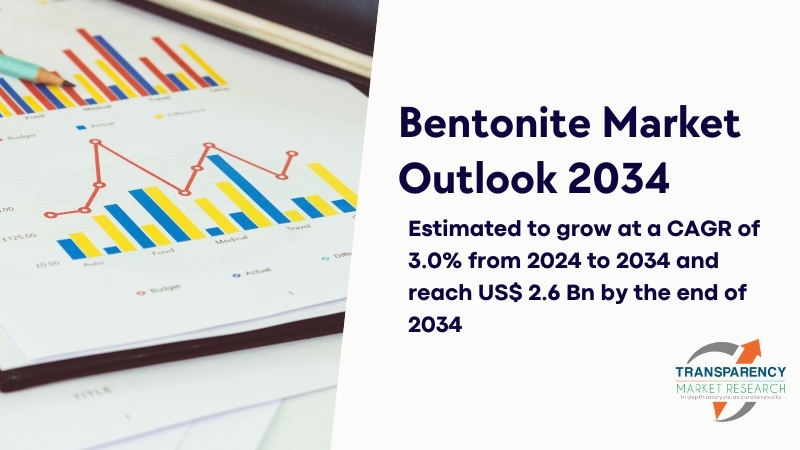
Digital wallets are table stakes for most consumer across five major markets (Brazil, France, Germany, Brazil, the U.K. and the U.
S.). In fact, 86% of consumers say they are familiar them.

However, some are using them without quite knowing what they are. For example, just 6.5% of Generation Z consumers, for instance, correctly distinguished these wallets from other related apps.
Consumers may not have the correct terminology or know-how to identify digital wallets. When presented with a list of apps, however, they can identify at least one wallet they have used. There is a disconnect between how consumers are using these wallets and their understanding of them.
Providers looking to differentiate themselves need to understand how consumers understand these apps to best position their product. These are just some of the findings detailed in “ Digital Wallets Beyond Transactions: How Do Consumers Think About Digital Wallets ?,” a PYMNTS Intelligence and Google Wallet collaboration. This report examines consumer perceptions and use of these wallets in the last year across five markets.
It considers this technology’s future growth potential. It draws on insights from a survey of 12,229 consumers across five markets conducted from Jan. 11 to Feb.
5. Inside “Digital Wallets Beyond Transactions”: Consumers’ familiarity and understanding of these wallets across five different countries The share of consumers who are using them Which generations are using and correctly identifying these wallets How consumers are confused about the terminology and identification of the wallets The popularity of the key players Among all the countries, consumers in the U.S.
and U.K. were the most likely to correctly identify a digital wallet.
These countries also have some of the highest rates use. This suggests that education could be key for driving adoption of this technology. Download the report to learn more about global trends in this exciting space.
This report is part of a series exploring how consumers in various major economies are using digital wallets. Check out the archive to learn about how consumers’ awareness and use differ by country..














